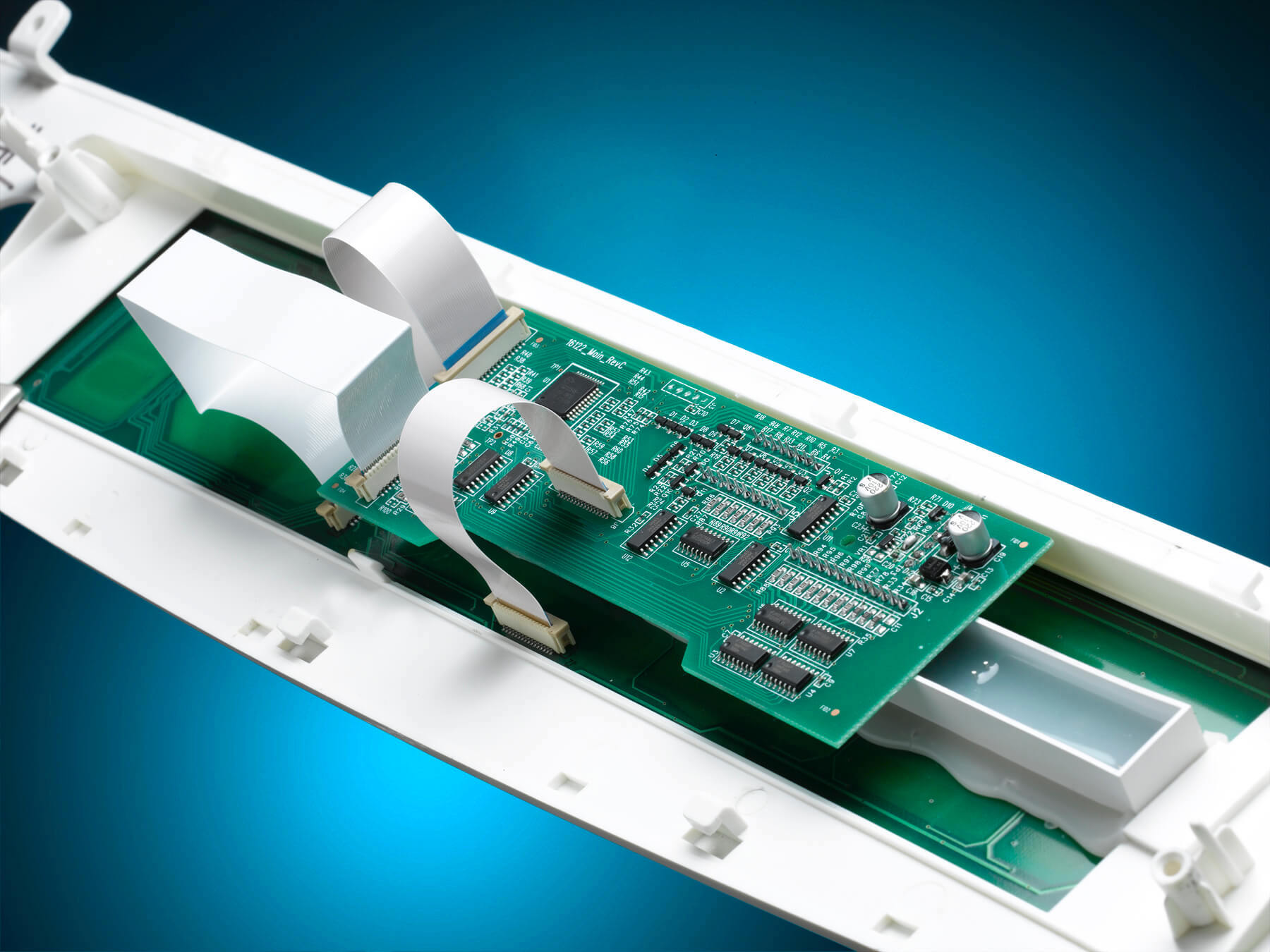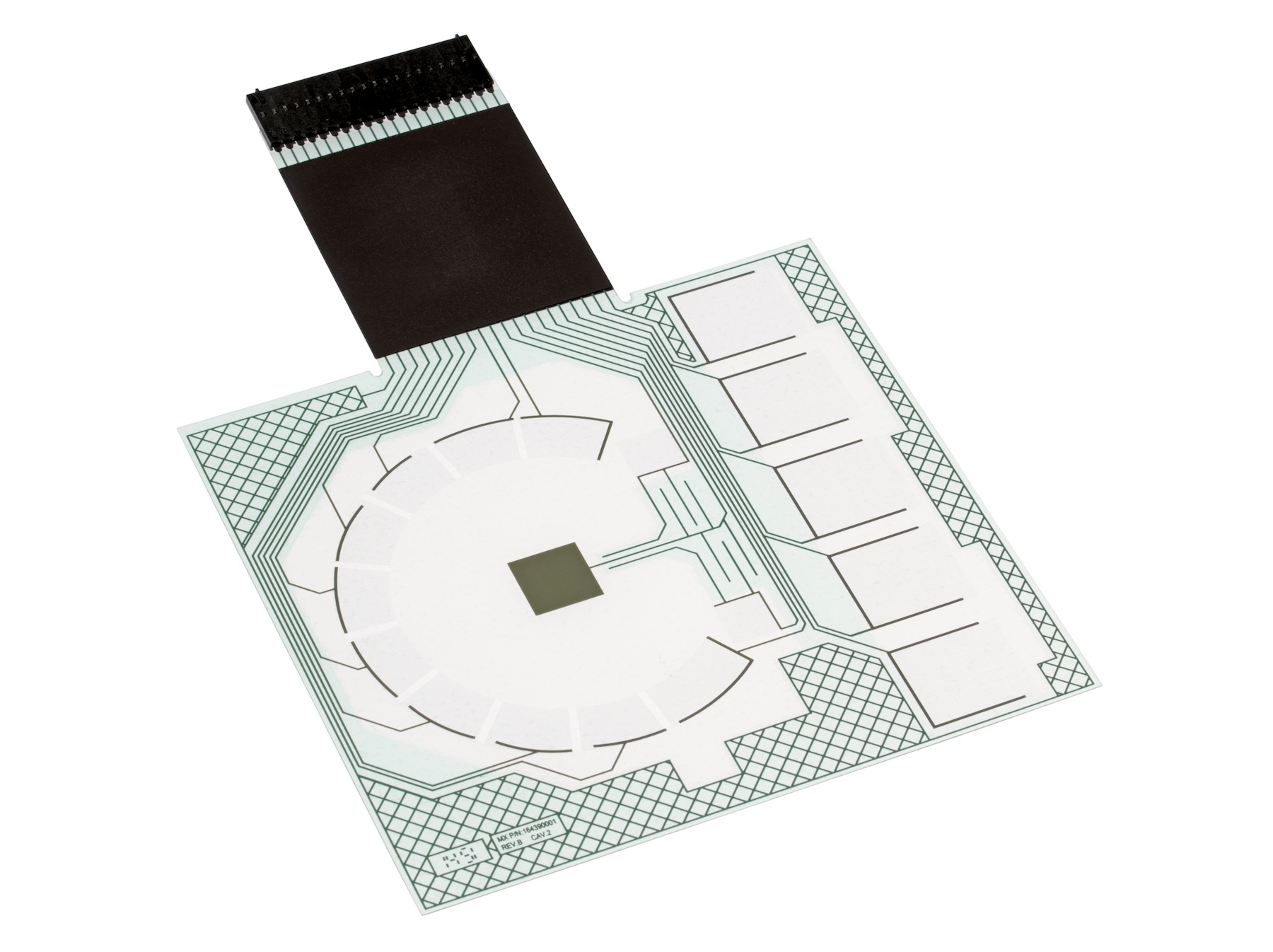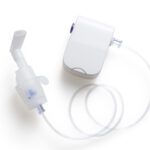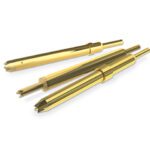Three Key Design Considerations for Wearable Medical Devices
Wearable medical devices are providing life-changing solutions for patient care and represent a major medical market trend. These medical technologies depend on specialized components and systems that are lightweight, low-profile, flexible, and comfortable.
Market demand for wearable medical devices is continuing to grow across multiple medical market segments. Leading the charge are wearable, digitally connected therapeutic, diagnostic, and monitoring devices that are designed to capture, generate, and share vital data that signals changes in patients’ health status, reports adherence to or noncompliance with medication regimens and other doctors’ orders, and supports the management of chronic diseases. As the trend in telehealth adoption soars, wearable medical device manufacturers are being challenged to create lightweight, low-profile, flexible, and comfortable medical devices that facilitate real-time, potentially life-saving data transmission between patients and their healthcare providers.

To help address some of these obstacles, here are three key design considerations to keep in mind when developing wearable medical devices:
1. Promote Space Optimization and Component Miniaturization
Monitoring patient data outside of the hospital requires wearable medical devices that are more compact and comfortable than the larger and bulkier patient-worn medical devices that were initially introduced to market and often developed for use in clinical environments. Smaller wearable medical devices require smaller, lighter-weight components, improved design flexibility that allows for the incorporation of various enabling technologies, and provisions for more communication circuits within a tighter footprint. As such, space optimization is an increasingly critical design consideration as board real estate becomes more constrained.
Today’s microminiature connectors offer more size, profile, and orientation options to give wearable medical device designers the ability to address space, location, and connector entry point challenges, even with increased modularity and footprint limits. Flexible circuitry with miniaturized components also helps medical devices offer enhanced functionality within confined spaces.

Molex Premo-Flex Cable Jumpers are durable, extra flexible connectivity solutions that are available in a variety of pitches, cable lengths, thicknesses, and formats for use in virtually any industry. In wearable medical devices, these cable jumpers enable designers to maximize PCB space, reduce component costs (e.g., by eliminating connectors with direct-to-board versions), and achieve reliable board-to-board connections.
2. Integrate Flexible Circuitry
To meet growing demands for wearable medical devices with shrunken sizes and an expanded range of feature-rich capabilities, designers will need to integrate complex electronic systems to enhance product functionality. This requires more flexible medical device designs capable of accommodating additional components within confined spaces, enabling user-friendly interfaces, and promoting real-time data transmission between patients and doctors. In some cases, flexible circuit technologies can even enable devices that contour to patients’ bodies, improving comfort and the likelihood of as-directed use and achieving more comprehensive and more accurate monitoring, data collection, and transmission.
Flexible printed circuits (FPCs) and associated cables and connectors offer medical device designers significant advantages over other interconnect technologies. For one, FPC-based products can be smaller, lighter, and more flexible than competing connector technologies, all of which are crucial design characteristics for wearable medical devices. In addition, antennas can be printed directly onto the substrate of an FPC to transmit vital signals or biometrics in a non-invasive, continuous, and inexpensive manner.

Molex offers a range of user interface solutions that merge user-friendly interfaces with application-specific durability and performance requirements for products in the medical, commercial, industrial, and appliance industries. The PEDOT Clear Conductive Sensor pictured here enables touch key backlighting as well as curved touch surfaces for capacitive user interface panels, which can be especially beneficial in wearable medical devices.
3. Boost Power and Signal Integrity
Since the primary purpose of wearable medical devices is to quickly relay timely and accurate patient data to healthcare providers, it’s important to design for both adequate power and high signal integrity. In general, wearable medical devices need maximum power in a minimal package size.
When it comes to powering medical devices, designers often employ low-profile wire-to-board and flex-to-board options to efficiently move signals through terminals. Power-to-board solutions can help carry currents from three to 15 amps, for example, and are critical enablers of enhanced device functionality.
In addition, higher circuit counts of 60, 80, and 100 circuits are becoming more common as more data is passed through connection points, and these must be offered in smaller form factors as well. Having the ability to get up-to-the-minute information at swift speeds requires high-performing board-to-board and FPC connectors equipped with multiple grounding points to ensure the highest level of signal reliability within the connectors.
Summary
As wearable medical devices continue to evolve to keep pace with current medical market trends, it will be increasingly important to ensure that new device designs reflect these considerations. When designing advanced connected and wearable medical devices, another key priority is to partner with component manufacturers with proven expertise in the medical market. Collaborating with experienced medical component manufacturers from concept to completion, and especially those with the end-to-end capability to produce custom designs tailored to your specific needs, can ensure more first-pass design successes, reduced development costs, and faster time-to-market.
Visit the MedTech division of Molex to learn more.
Like this article? Check out our other How to Specify, wearables, wireless, and Connector Basics articles, our Medical Market Page, and our 2020 and 2019 Article Archives.
- Three Key Design Considerations for Wearable Medical Devices - July 7, 2020





